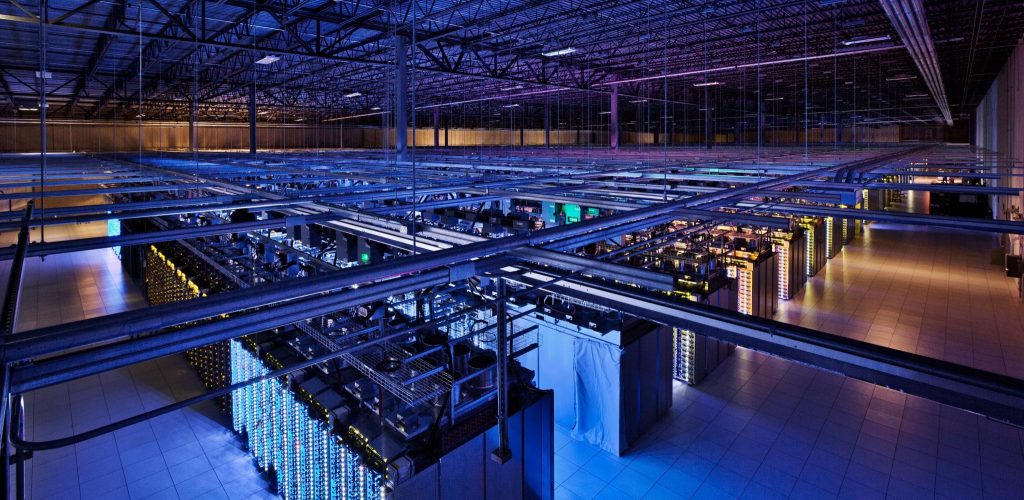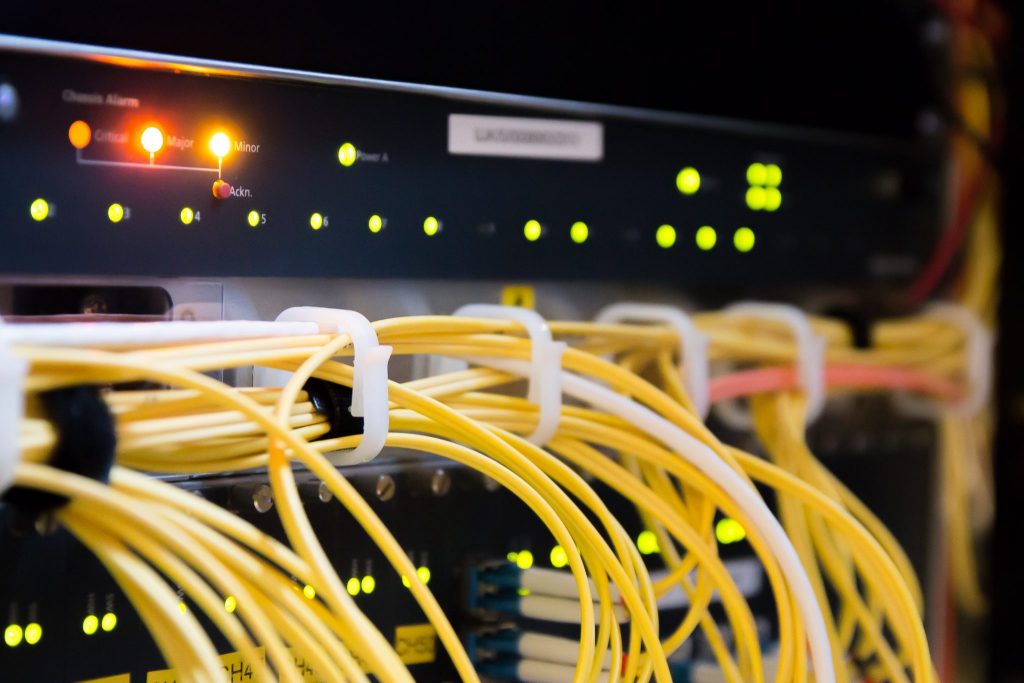How important is selecting a virtual machine hypervisor for your hyper-converged infrastructure? Hyper-converged infrastructure is rather new as a term, being coined in just 2012. Essentially, it’s a software-defined IT infrastructure. With this type of system, all conventional elements are virtualized, including at least a hypervisor, a virtualized SAN, and virtualized networking.
Hyper-converged infrastructure combines storage, networking, and computing into one system. This helps to reduce overhead costs and complexity while increasing scalability. The servers used for this set up are typically standard, so this is a good way to use existing hardware in a more agile way.
What exactly is hyper-converged infrastructure?

This datacenter deployment method boomed, becoming very popular quickly. However, it’s still relatively new, so you might not know what it is yet. If we go back, infrastructures were made up of various components from many different vendors. Each of these was then managed by IT workers, often in separate teams.
Clearly, this was a very expensive solution. From here, converged infrastructure was created. These “pooled resources” from different servers to create a unified set of resources in order to make it more simple to handle all components.
However, this option does still lead to performance issues, particularly with legacy systems, so many companies realized that “this model did not address data problems because not all data applications are converged,” as explained by Lavanya Rathnam in her TechGenix article “Why hyper-converged infrastructure is good for your business.”
Thus, hyper-converged infrastructure was born in 2014. With this option, all required functionality and components were consolidated into one, single infrastructure stack “that operated on an elastic pool of resources.”
Differences between converged and hyper-converged infrastructure
There are essentially two different ways companies can build a converged infrastructure. First, there’s the traditional method that is simply referred to as converged infrastructure. With this, it’s more hardware-focused and made from separate building-blocks put together. The other option is a software-defined approach, or hyper-converged infrastructure.
To understand the difference between these, it is important to note that, with converged infrastructure, the components are able to be separated and used for a specific purpose. For example, the storage would be able to be separated and used solely for functional storage.
With hyper-converged infrastructure, on the other hand, all of the technology “is software-defined, so that the technology is, in essence, all integrated and cannot be broken out into separate components.”
In a typical, non-converged architecture, physical servers would run a virtualization hypervisor to implement server or desktop virtualization. This hypervisor would then manage the virtual machines on the servers in which they were created. The data storage would be “provided by direct attached storage (DAS), network attached storage (NAS) or a storage area network (SAN)” for both the physical and virtual machines.
If we consider converged architecture, the storage would be attached to the physical servers directly, often utilizing flash storage. Hyper-converged infrastructure, instead, has the “storage controller function running as a service on each node in the cluster to improve scalability and resilience.”
How important is your hypervisor in this?

Of course, a hypervisor is a critical part of your hyper-converged infrastructure. However, you might be focusing too much on which particular brand that your IT department uses in your HCI deployment.
The main goal of switching to hyper-converged infrastructure is to simplify your IT operations, including complexity and cost. Of course, hypervisors have different features and complexities. If the virtual machine hypervisor requires extensive configurations for deployment, an admin probably won’t use it.
HCI is ideally suited to “scale-out workloads, general-purpose virtualization and mainstream, business-critical applications.” Instead, it is “less adapted to support huge virtual machines (VMs) — such as those that require quad-socket physical servers — and some niche uses, such as high-frequency stock trading.”
Unless you have a complex case, the few standard configurations will work for your deployments. More important than how the resources are delivered, journalist Alastair Cooke argues, is how the system consumes resources. If the HCI automatically configures the entire hypervisor correctly for performance and reliability, which it should, your team can instead focus their time on the applications inside of their virtual machines.
Users can think of this in a similar way to how they approach VMs in the cloud. As Cooke points out, it’s not important to users that Amazon Web Services “uses Xen as its hypervisor and Google Cloud Platform uses kernel-based virtual machine (KVM), nor do they care that Microsoft’s Azure uses some variation of Hyper-V.”
In fact, customers are much more concerned about the VMs — and their ability to not care about the hypervisor is part of the service that these public clouds provide. Similarly, most customers don’t find it important to know which hypervisor supports the HCI for a private cloud delivered on this platform.
It’s also important to note that the hypervisor can greatly affect the cost of your hyper-converged infrastructure. For example, if you use VMware’s vSphere or Microsoft’s Hyper-V, licensing might get expensive.
Nutanix, on the other hand, supports Hyper-V as well as the free, open source KVM, which is the default hypervisor with the OpenStack cloud software. However, there are many other costs involved in configuring the hypervisor for your environment, although costly SAN or NAS hardware should not be necessary for hyper-converged infrastructure.
The hypervisor, then, isn’t the most important aspect of your hyper-converged infrastructure. However, while it’s possible to buy hypervisors as standalone products, it’s usually smarter to buy them within a suite of products. For example, if you purchase ESXi from VMware, it works better as a part of the vSphere suite with other VMware products.
For this reason, hypervisors are often marketed simply as features as a set, rather than a separate product. So, while hypervisors are important, you should choose your hyper-converged infrastructure based on the whole suite, not on the hypervisor.



